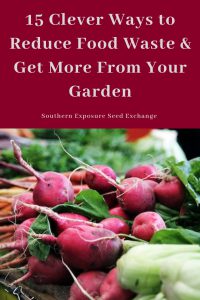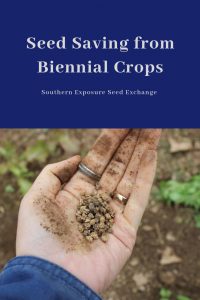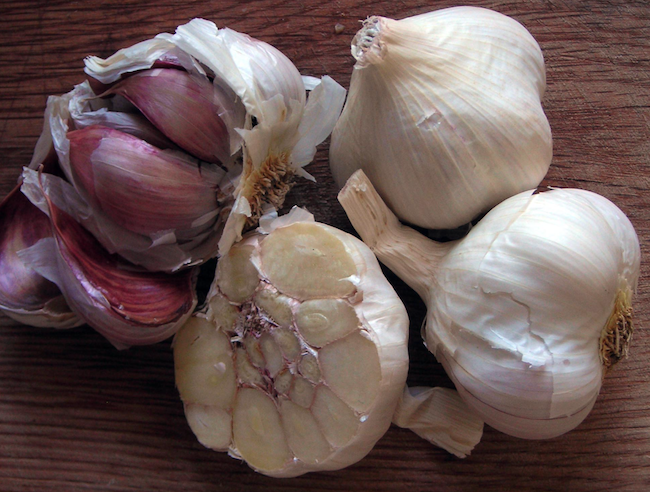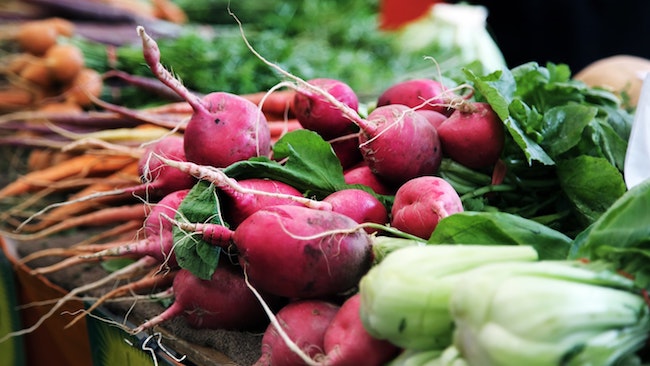
Don’t toss that! The USDA estimates that a staggering 30-40% of food in the United States is wasted. While you’re probably already more sensitive about using the produce out of your own garden we went ahead an compiled a list of ways you can reduce your food waste and make the most of your harvest.
Save Scraps to Make Broth
Many vegetable scraps can be turned into delicious vegetable broth. Save scraps like carrot ends and peelings, celery ends and leaves, onions ends and skins, broccoli leaves and stalks, potato peels, and more. If your not going to use them right away they can be collected in a container in the freezer.
Eat your Jack O’ Lantern
Sadly most jack o’ lanterns end up in the landfill which is an enormous waste of nutritious food. This year try to use your jack o’ lantern before it goes bad. The seeds can be baked for a delicious snack, the “guts” can be added to broth, and the shell can be baked and turned into delicious recipes like pumpkin pie, pumpkin waffles, or even pumpkin cinnamon rolls.
Leave the Skin on Cucumbers, Apples, and Potatoes
The skin on cucumbers, apples, and potatoes is actually quite good for you. They’re full of vitamins and nutrients and tasty too. Try using these without peeling them first.
Make Corn Cob Jelly
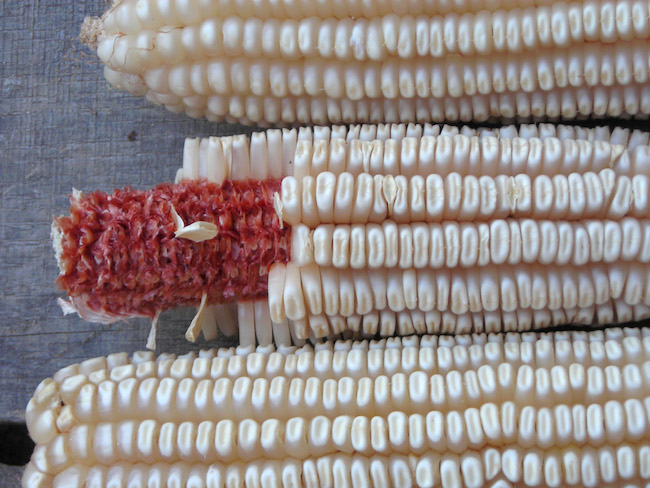
It may sound odd but corn cob jelly is actually really good and certainly makes good use of an otherwise waste product.
Eat Your Beet Greens
Beet greens are just as tasty as other greens and they come free with a beet! Don’t let them go to waste.
Pickle Your Rinds
Squash, pumpkin, and melon rinds can all be pickled. Just like corn cob jelly, pickled rind recipes used to be very common but fell out of use in modern cooking. They may sound a little odd at first but they’re actually pretty good.
Save Your Tomato Skins When Canning
Next time your canning tomatoes or making sauce set the tomato skins aside instead of in the compost. These can be dehydrated and powdered to be used in soups and stews. This tomato powder is wonderful for adding flavor and thickening.
Eat Your Broccoli Stems
The stems are just as good as the florets! They also contains slightly more calcium, iron, and vitamin C than the florets. If you really dislike them you can use them for stock or try searching for broccoli stem recipes.
Make Fabric Dye
From cabbage scraps to black bean water there’s many ways to dye fabric with just food waste!
Make Fruit Vinegar
Making your own vinegar is actually really easy and can be done with all fruit scraps like peels and cores after a canning or juice making day.
Use Soft Fruit in Smoothies or Baking
Fruit that’s soft but isn’t truly bad can still be delicious in smoothies or baked goods.
Toss Soft Veggies in Soups
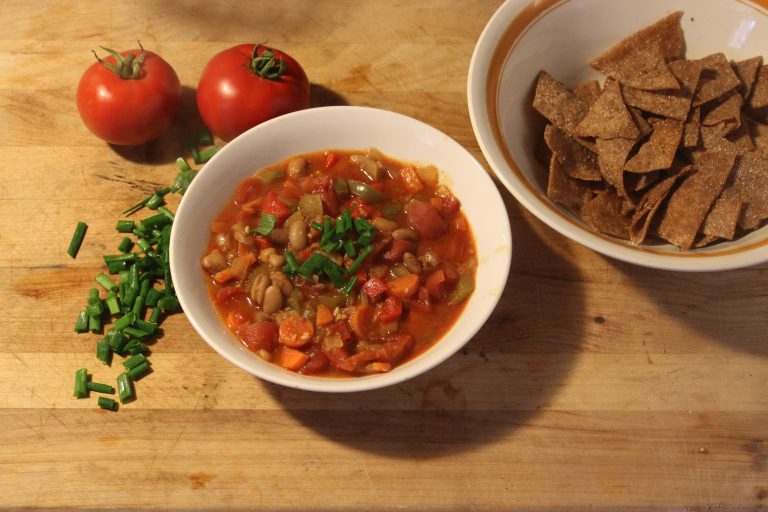
Don’t throw out vegetables that aren’t truly bad. Use up produce like soft carrots and potatoes, limp celery, and wilted greens in homemade soups like this Vegetarian Tortilla Soup.
Dehydrate or Can Your Food Rather than Freeze It
While freezing garden produce is an easy way to preserve your harvest for winter it does come with one major downfall, the freezer requires constant electricity. If you live in an area that experiences a lot of storms and power outages it may be worth putting up your harvest in other ways. Canning and dehydrating food is a great way to ensure it stays good.
Feed Produce to Animals
If you truly can’t eat something consider animals. Backyard chickens eat a lot of scraps as do pigs. If you don’t have any yourself talk to your local animal rescue or farmer. They might be interested in produce scraps or even that old jack o’ lantern!
Compost
Produce scraps should never go to the landfill. Composting creates wonderful soil for your garden and keeps produce out of the landfill which releases methane.
Reducing food waste is so important. It helps the environment and your wallet. Let us know if you try any of these tips and how it works out.
Pin it for later.
